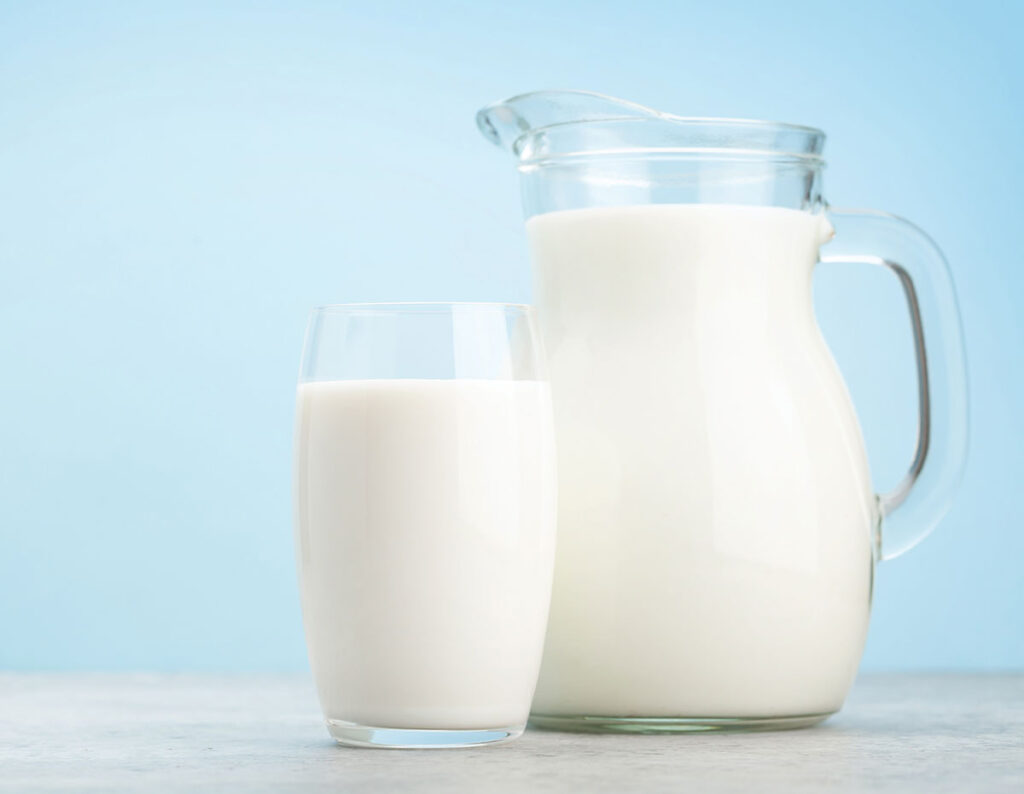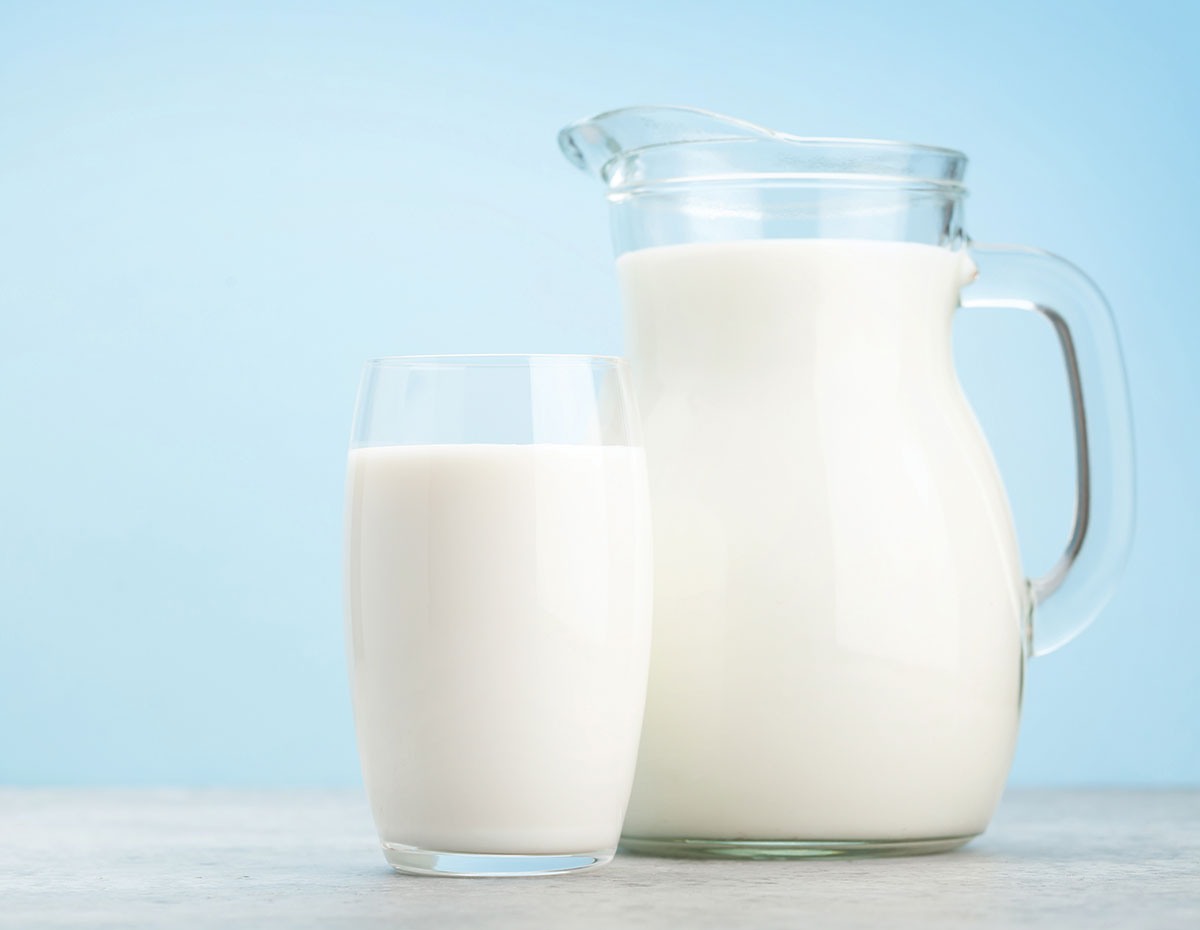
Management strategies to improve overall milk quality
Many factors impact the composition and quality of milk a dairy cow produces. Genetics, environment, disease, stage of lactation, nutrition and age all influence milk quality. Producers have the ability to improve milk composition and component yields through the implementation of a few key management practices.
The Role of Nutrition: Nutrition plays a significant role in milk quality. “There are various feeding management practices that can enhance levels of milk fat and protein concentration in milk,” Michael Looper, Ph.D., Head of the Department of Animal Science at the University of Arkansas, stated. “Feeding strategies that optimize rumen function also maximize milk production and milk component percentages and yield.”
According to Dr. Looper, nutrition and other dietary influences impact fat concentration and milk protein concentration. Adjustments in a dairy animal’s diet can change milk protein concentration by 0.60 percentage units. Fat concentration, which is the most sensitive to dietary changes, can fluctuate over a range of 3.0 percentage units.
Feed Intake: The type and amount of feed and forage dairy producers provide their herds can improve milk quality while also increasing quantity. When producers enhance rumen function in dairy cattle, they can simultaneously increase milk components.
Since feed provides the nutrients for milk solids, typically the more a cow eats the more milk she produces. “A lot of times dairy cattle can eat 3.0 percent to 3.5 percent of their body weight, so dry matter intake is paramount to making sure they produce high yields of milk and with that comes high yields of fat and protein,” Looper explained. “A lot of times the composition percentages stay the same, but it is just that you get more yield.”
Livestock extension specialists point out the importance of timing when it comes to increasing feed intake. Maximizing feed intake during early lactation will help to minimize negative energy balances. And the more feed and forage consumed the better the output. “As cows consume more energy than they use, body weight is regained, losses in body condition are minimized and cows produce milk of normal fat and protein content,” Dr. Looper stated. “Increasing feed intake, and the resulting overall increase in energy, can increase milk protein content by 0.2 percent to 0.3 percent.”
Environmental Impact: Milk quality can be directly impacted by a cow’s environment. During the summer months, the hot, humid weather in the Ozarks stresses cattle and reduces their appetite. Since milk quantity and quality are tied to an animal’s food intake, a suppressed appetite can impact both. “Anything we can do to make the diet more rich with nutrients during times of heat stress that should hopefully maintain milk yield and hopefully the overall quality of that milk will be better,” Looper stated.
Dairy extension specialists advise producers to feed a nutrient dense diet as often as possible throughout the day to minimize the impact on production. “Anything we can do to make starch more readily available to that animal gives her more nutrients,” Looper said. “Cracking corn, rolling corn, or steam flaking corn are ways to break open that kernel and make those starches more readily available.” During the times when cattle are less likely to keep up with the desired feed intake requirements, it is even more important to offer the nutrient dense options many times throughout the course of the day.
Other Factors: The types and quantities of feed and forage (dry or wet) will vary depending on the particular operation, genetic makeup of the herd, time of year, and other environmental and management factors. Dairy producers wanting to make changes to maximize rumen function may want to work with a nutrition expert to develop a plan specific to their operation. Proper milking techniques, genetics and management practices that promote udder health and reduce disease all play a role in milk quality.




